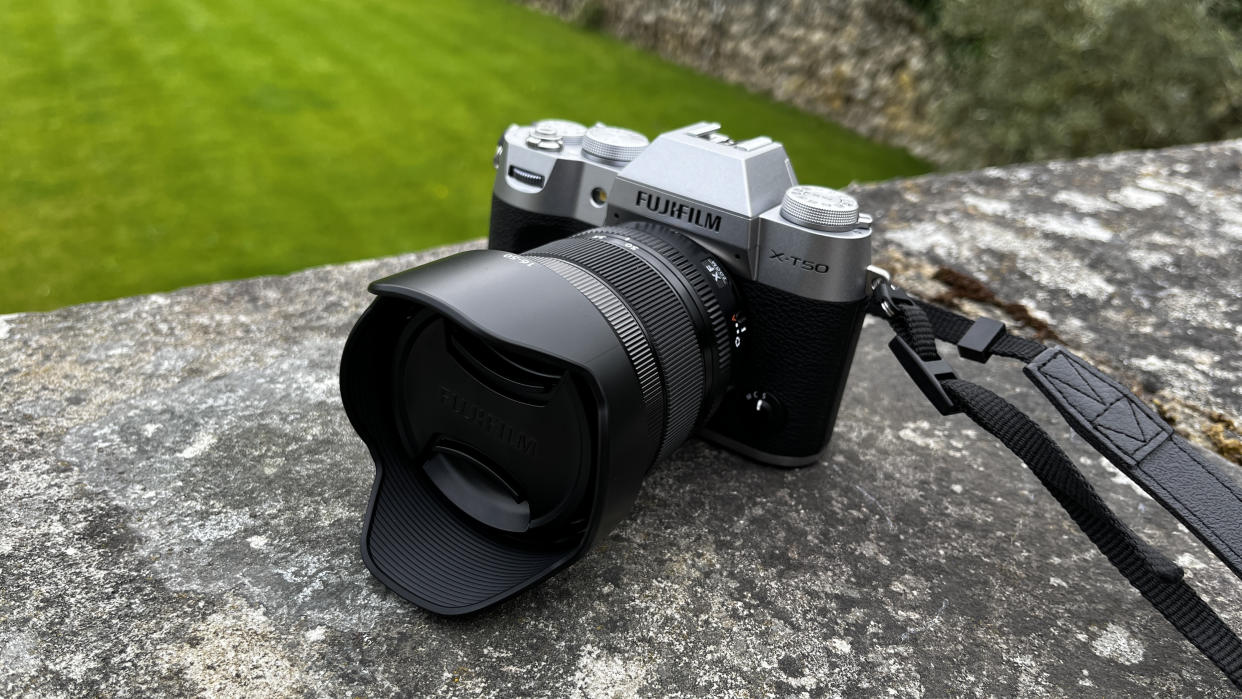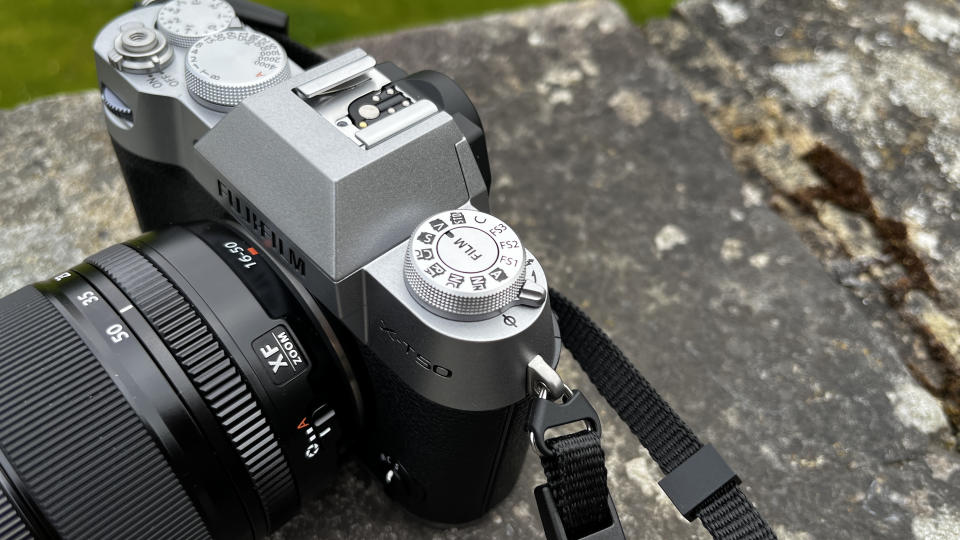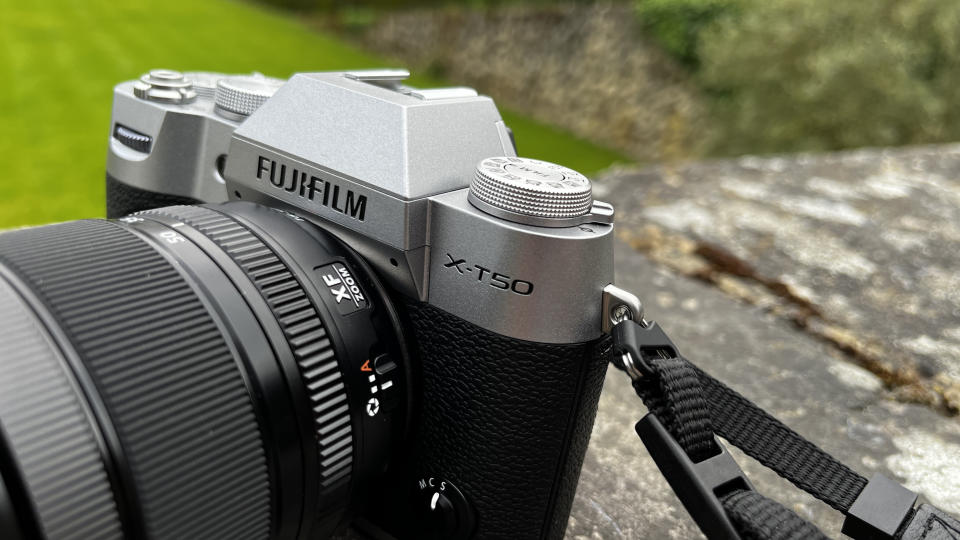I’ve tried the Fujifilm X-T50 – it’s the ultimate digital solution for photography lovers

Fujifilm launched a whole range of new products recently. An offering of four new products included a couple of cameras and a couple of lenses, spanning from their consumer-grade products through to top-end professional level gear.
Today, we’re looking at the Fujifilm X-T50. That’s the new APS-C mirrorless camera from the brand, and includes some top features which should make life easier for users.
I was able to get hands on with the new camera – paired with the new 18-50mm kit lens – to put it through its paces and see what makes it tick. Let’s dive in and take a look at the specs, as well as how it feels to use.

Fujifilm X-T50: key specs
Perhaps the most crucial spec point is that sensor. A 40.2MP X-Trans CMOS 5 is paired up with the X-Processor 5 for impressive shots. It makes mincemeat of the sensors in similar cameras from Sony and Canon, and should make for shots you can zoom in on without losing too much detail.
You’ll also find up to seven stops of in-body image stabilisation. That’s perfect for helping to keep your shots stable and sharp, and should give handheld users a little more hope of getting the right shot.
Perhaps the most interesting new feature here is the film simulation dial. That brings tactile access to the different simulation modes, with a handful of hard-set options as well as some user customisable ones.

Fujifilm X-T50: Performance
In use, the X-T50 is just about everything you’d expect from a modern Fujifilm camera. The menu system is complete, but never feels overwhelming. It’s a tough balance to strike, but Fujifilm does it well.
Images are really impressive, too. That 40MP APS-C sensor really comes into its own here, offering the kind of sharpness you might not expect, even when zooming in.
Colours are bright and vibrant as well. Most of the shots you see here were snapped on the Velvia simulation – that’s just the one I prefer to use, though there are some shots with other simulations laced throughout.
I’m a big fan of that dial. It makes life so much easier, giving users a chance to quickly switch between styles without having to menu dive. With that being said, I still don’t think it’s perfect quite yet.








For me, there are still too many options which I just won’t use. I’d personally prefer to have a way of saving three to five favourites for quick access in an order I choose, rather than having to cycle through options I’ll almost never use.
It’s certainly an ergonomic pick. The compact body size is a real breeze to carry around as a daily shooter, never once feeling fatiguing.
Priced from £1,299 for the body only, this is certainly an interesting prospect. It’s a good chunk of change more expensive than the Fujifilm X-T30, but it’s also a much more entertaining proposition.
For me, the option with the new kit lens is the most appealing. At £1,649, that represents really strong value for money at the top end of the APS-C market.

